Here are 5 edibles to forage in October in the UK
Autumn has finally arrived and we can now see the leaves turning wonderful reds and golden browns. We are excited as Autumn brings with it an abundance of wild edibles, some of our favourites for this time of year are the fungi and nuts and berries.
So lets take a look at some tasty Autumn edibles that you can forage.
Beech Nuts ( Fagus Sylvatica )

Beech Nut Foraging In October
Beech trees are found growing in woodlands and forests and damp hedge ways. Beech nuts are a tasty snack at the best, as you would need a lot of them to make a decent meal.
It is advised that you roast the nuts before consuming, as if eaten raw it can potentially cause stomach upsets and they can be slightly toxic when in the raw state due to the tannins and alkaloids present in the nut.
Beech nuts are high in fat and protein and full of dietary fiber and antioxidants making them a very nutritious nut to forage. These nuts also help strengthen the immune system.
Field Mushroom ( Agaricus Campestris )

Field Mushroom Foraging In October
Field mushrooms are commonly found growing in grasslands and meadows and sometimes lawns. These specific fungi are white with a brown or tan coloured gills and they smell distinctively of mushrooms. When the flesh is bruised it will turn a light reddish brown colour. When sliced in half it should be white in colour all the way through the mushroom.
Field mushrooms are rich in fibre, protein and antioxidants which are great for fighting off nasties that want to attack your immune system.
These mushrooms need to be cooked to enjoy best. You can add these to soups or stews or just have them pan fried in butter and garlic on toast.
Sweet Chestnut ( Castanea Sativa )

Sweet Chestnut Foraging In October
The Sweet Chestnut is found in woodlands and its nut is encased in a spikey protective ball. These nuts are highly nutritious and pack a lot of vitamins and minerals into them making them an excellent food source. These are best enjoyed roasted or you can use them to make stuffing or nut roasts. Always remember to slit the chestnuts before roasting as they will explode.
Bullace Plum

Bullace Plum Foraging In October
The Bullace is from the plum family and is an edible fruit which can be eaten raw but can be rather sour. The Bullace is the perfect plum to make jams, jellies and preserves with as it has a high pectin content. They have a very typical fruity, plum taste.
Bullace are commonly found in woodlands and hedgerows. Why not have a go at making some jams or preserves…
Acorns, Oak

Acorn Foraging In October
Acorns can be found growing on the majestic Oak tree which is commonly found growing in deciduous woodlands.
Acorns are a very good source of fiber and are great for stomach health. Acorns have been used to make flour and can be eaten whole after the tannins have been removed.




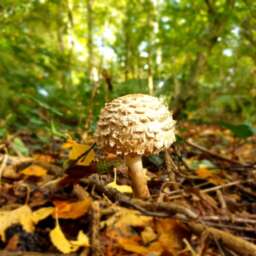
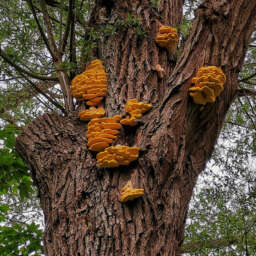

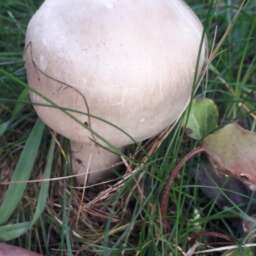

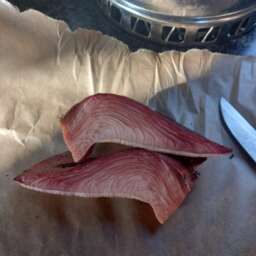
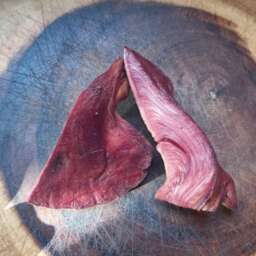
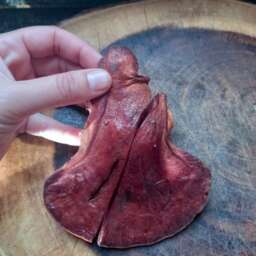
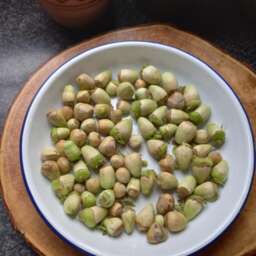
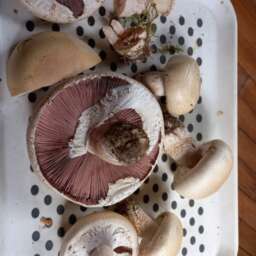


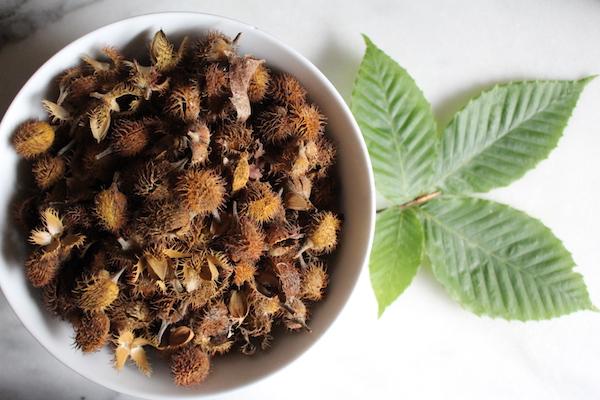
Foraged 5 out of 5 of these things to forage this month.
Not sure what I’m going to do with the acorns yet.